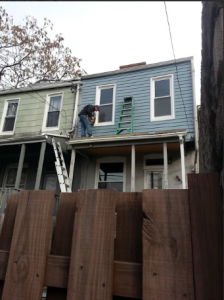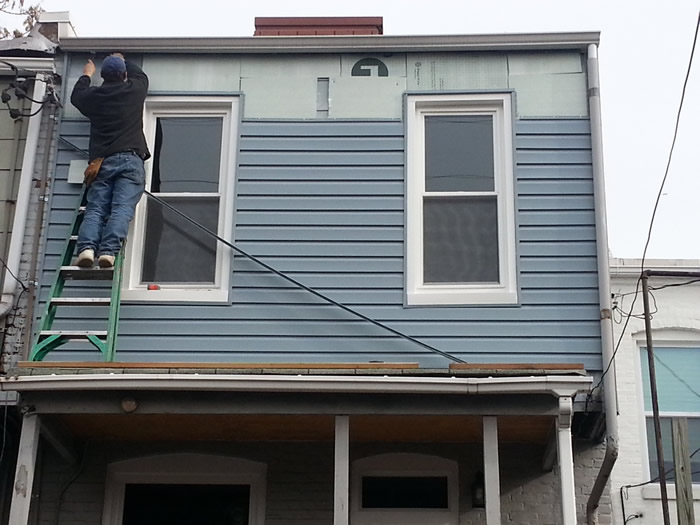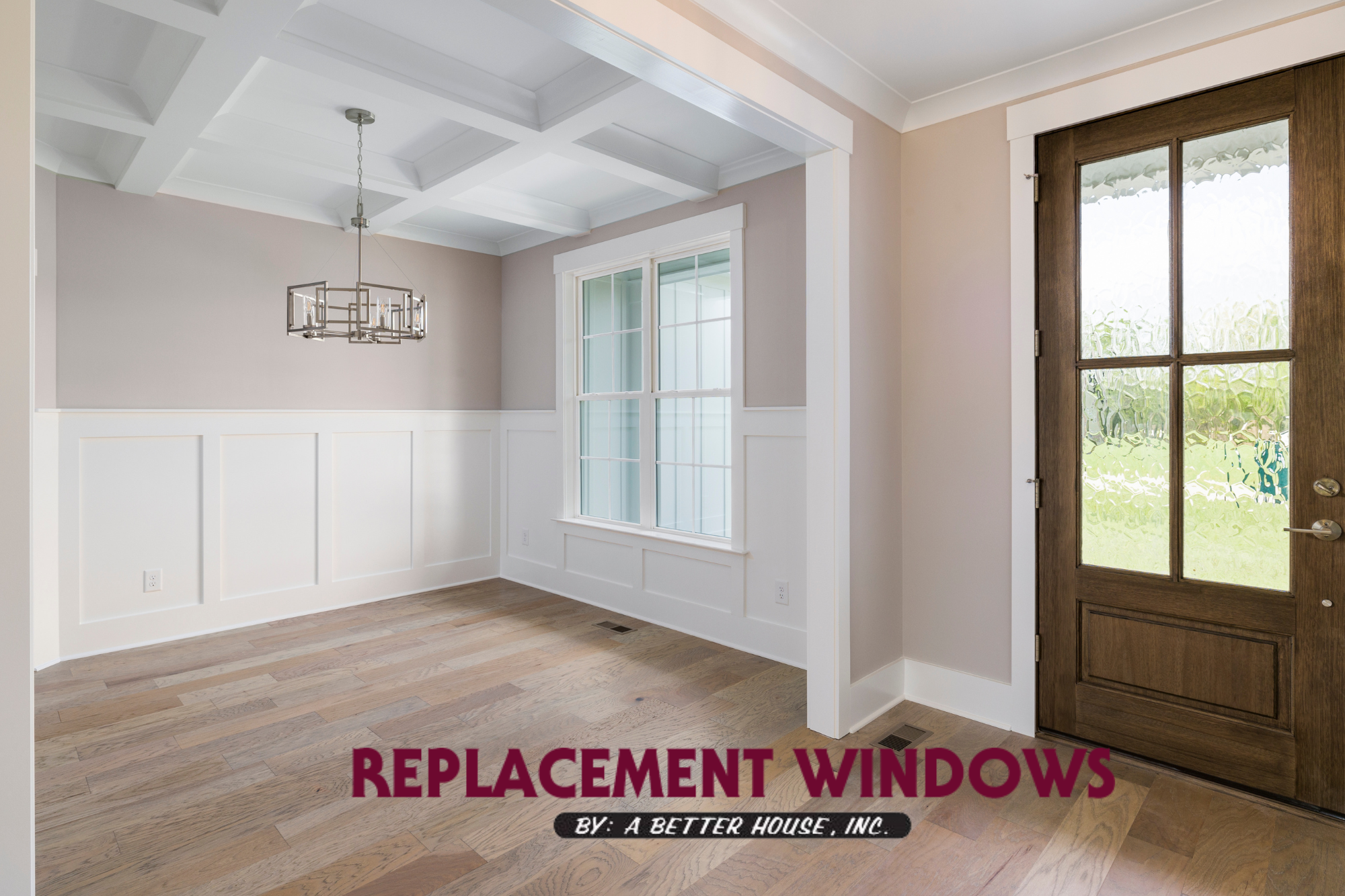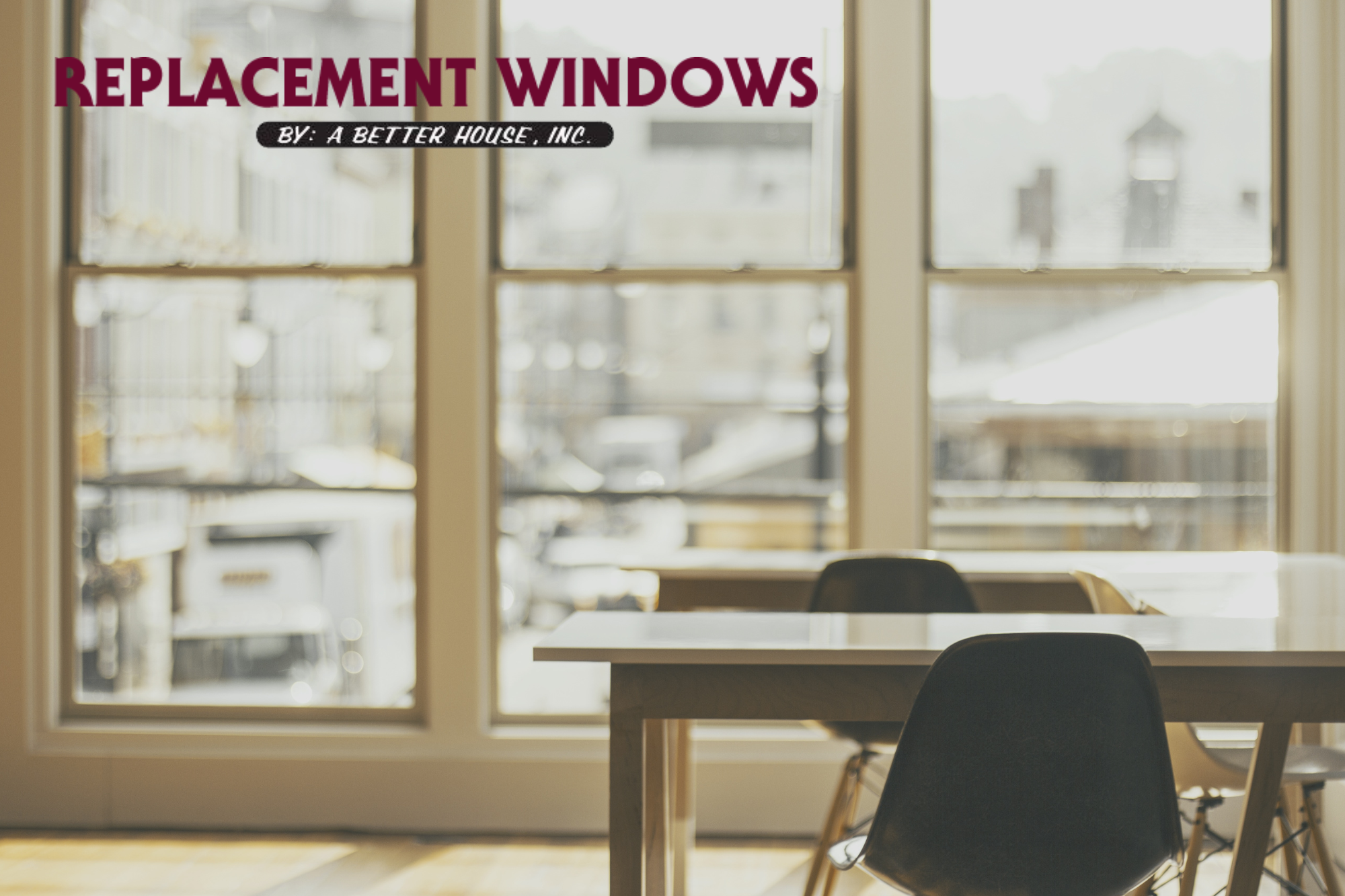The Ultimate Guide to Home Siding Materials: Which Option is Best for Your Home?
Siding is one of the most important aspects of your home’s exterior, providing protection, insulation, and aesthetic appeal. With a variety of siding materials available, it can be challenging to determine which option is best suited for your home. This guide will explore the most popular home siding materials, their benefits, and factors to consider when making your decision.
1. Vinyl Siding
Overview
Vinyl siding is one of the most popular siding materials due to its affordability and low maintenance.
Benefits
- Cost-Effective: Vinyl siding is generally less expensive than other materials, making it a budget-friendly option.
- Variety of Styles: Available in a wide range of colors, textures, and styles, vinyl siding can mimic the look of wood or other materials.
- Low Maintenance: It requires minimal upkeep, usually just a periodic wash with soap and water.
Considerations
- Durability: While vinyl is resistant to rot and pests, it can become brittle in extreme cold and may fade over time.
- Insulation: Vinyl siding can be less energy-efficient compared to some alternatives unless it includes insulation backing.
2. Wood Siding
Overview
Wood siding offers a classic, timeless look and is available in various styles, including shingles, boards, and panels.
Benefits
- Natural Aesthetic: Wood siding provides a warm, inviting appearance that enhances curb appeal.
- Insulation Properties: Wood is a natural insulator, helping to keep your home comfortable year-round.
- Sustainability: If sourced responsibly, wood siding can be an environmentally friendly option.
Considerations
- Maintenance: Wood siding requires regular maintenance, including painting, staining, and sealing, to protect it from moisture, insects, and rot.
- Cost: It can be more expensive than vinyl and may require a higher upfront investment.
3. Fiber Cement Siding
Overview
Fiber cement siding is a durable option made from a mixture of cement, sand, and cellulose fibers.
Benefits
- Durability: This material is highly resistant to fire, rot, and insect damage, making it an excellent long-term investment.
- Versatile Appearance: Fiber cement can be painted or stained and comes in various textures to mimic wood, stucco, or masonry.
- Low Maintenance: Unlike wood, fiber cement requires minimal maintenance, although it may need repainting every 10-15 years.
Considerations
- Weight: Fiber cement is heavier than other siding options, which may require additional structural support during installation.
- Cost: It typically has a higher upfront cost compared to vinyl and wood.
4. Metal Siding
Overview
Metal siding, often made from aluminum or steel, offers a modern look and exceptional durability.
Benefits
- Longevity: Metal siding is resistant to rot, insects, and extreme weather conditions, making it a long-lasting choice.
- Low Maintenance: It typically requires minimal upkeep, just occasional cleaning to remove dirt and debris.
- Energy Efficiency: Metal siding can be treated with reflective coatings to improve energy efficiency.
Considerations
- Cost: The initial cost can be higher than vinyl but may pay off over time due to its durability.
- Denting: While durable, metal siding can be prone to dents from hail or impacts.
5. Stucco Siding
Overview
Stucco is a cement-based siding material that provides a unique aesthetic, often associated with Mediterranean and Southwestern styles.
Benefits
- Durability: Stucco is resistant to fire, rot, and insects, providing long-lasting protection for your home.
- Energy Efficiency: It has good insulation properties, helping to keep your home cool in the summer and warm in the winter.
- Low Maintenance: Once applied, stucco requires little maintenance aside from periodic cleaning.
Considerations
- Cracking: Stucco can be prone to cracking over time, especially in regions with significant temperature fluctuations.
- Installation: Proper installation is crucial for stucco siding, requiring skilled labor for the best results.

6. Choosing the Right Siding Material for Your Home
When selecting the best home siding services material for your home, consider the following factors:
Budget
Determine how much you’re willing to spend on materials and installation. Keep in mind that while some materials may have a lower upfront cost, others may offer better long-term savings through energy efficiency and durability.
Climate
Consider the climate in your area. Some materials perform better in extreme temperatures, humidity, or areas prone to wildfires or pests.
Aesthetic Preferences
Think about the overall look you want for your home. Different siding materials offer various styles and finishes that can complement your home’s architecture.
Maintenance Requirements
Evaluate how much time and effort you’re willing to invest in maintenance. Some materials require more upkeep than others, which may influence your decision.
Resale Value
If you plan to sell your home in the future, consider how your choice of siding may affect its resale value. Certain materials, like fiber cement and wood, can appeal to potential buyers.
Choosing the right home siding material for your home is a significant decision that can impact its appearance, energy efficiency, and overall value. By considering the benefits and drawbacks of each option, you can make an informed choice that suits your needs and preferences. Whether you opt for the affordability of vinyl, the classic charm of wood, or the durability of fiber cement, Kelemer Brothers is here to assist you throughout the process, ensuring a successful installation that enhances your home for years to come. If you’re ready to explore siding options, contact us today for a consultation!














